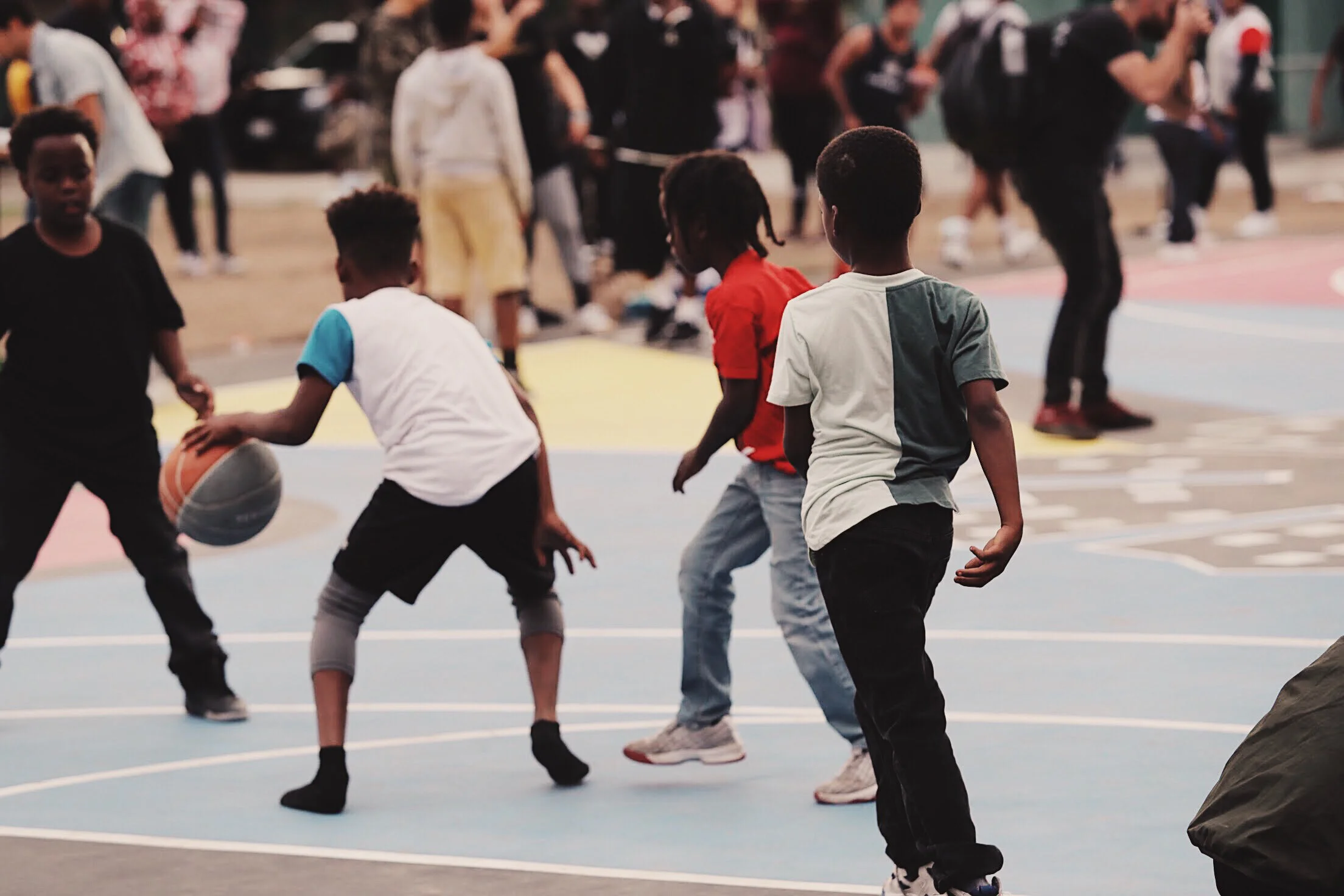This is the fifth out of a series of blogs explaining Mosston & Ashworth's Spectrum of Teaching Styles. In this blog, we explain the Self-check Style of teaching from the Spectrum of Teaching Styles.
The Reciprocal Style (C)-Spectrum of Teaching Styles
The Practice Style (B)-Spectrum of Teaching Styles
Today we (Risto and Alba) will talk about Style B-The Practice style. The practice style is the first one in the Spectrum that involves the learner making some decisions. So, this is the initiation of students’ independence and decision-making process in the teaching and learning environment. learners make nine specific decisions about the pace and rhythm that they practice the task, which is set by the teacher, the location where they will practice, with whom in the classroom they practice, and the time they will practice, meaning when they will start and stop practicing. We see a lot of this in PE when the teacher sets the task and students practice on their own in the gym and then the teacher walks around and gives a lot of individual feedback.
The Command Style (A)-Spectrum of Teaching Styles
Spectrum of Teaching Styles Overview
This is a blog based on podcast episode #254. This is the first blog out of a short series explaining Mosston & Ashworth’s Spectrum of Teaching Styles. In this episode we (Alba and Risto) briefly explain what the Spectrum of Teaching Styles is. The next blogs will provide an overview of each of the 11 styles. You can listen to episode #254 of the Playing with Research in Health and Physical Education Podcast here. This blog is almost verbatim from the podcast, so if you prefer an audio version head on over to the podcast! All of the podcasts are categorized by category on a google doc that you can find as the pinned tweet on the account @theHPEpodcast on Twitter. Alternatively, you can find it here.
Developing Future Faculty to Ensure a Favorable Future for PETE
The purpose of this blog is twofold.
· First, we aim to summarize the conversation that occurred during the PETE Collaborative virtual meeting that occurred on November 10, 2022, entitled Developing Future Faculty to Ensure a Favorable Future for PETE.
· Second, we aim to outline key challenges, practical solutions and helpful advice shared by the panelists and participants related to their doctoral training and induction into faculty roles.
How to play Brazilian bets/taco
Australia! What a wonderful place to have good ideas. Everyone I know who has traveled to Australia has great stories of life-changing experiences. My second time at this magical place was to attend AIESEP 2022. Among the great experiences at this conference, the networking that happened when playing games with great scholars made me feel part of the physical education community. I am an international grad student from Brazil studying at George Mason University (USA) and I am absolutely in love with games. As part of the conference activities, we played beach cricket. As soon as we started playing, I smiled reminding myself of a very similar game that I played when I was a child in the streets of my neighborhood in Brazil. I joined my friends after school to play bets. Coincidently, I was also visiting my childhood friend Alexandre in Brisbane. We laughed telling stories of the fun we had playing “street games” more than twenty years ago on the other side of the world. We were experts in bets and night hide and seek!
After playing beach cricket at AIESEP I told Dr. Brendan SueSee about bets who asked me to send him any material I was able to find explaining the rules of the game. I researched the internet and I was not able to find much in English and thus decided to write this blog. I thank Alexandre and Graziela for helping me remember the rules of bets which I share with you below. I also provide two links that can help in further understanding of this fun game that can be used as an introduction to teaching Cricket. The most popular names for this game are Bets or Taco. It is a variation of cricket adapted by Brazilians in contact with the English. It was a very famous game in the 90s played in the streets by children. Hence, it is considered what we call “street games”.
Materials needed:
Two bats that can be made of pieces of wood found in constructions. After playing beach cricket at the AIESEP, I believe that the cricket bat would be amazing to play with.
Two structures that are called “casinha” (little house) that can be a can, a brick, a bottle, a structure made of sticks, or anything else that can be knocked over.
A tennis or rubber ball.
The field of play needs to be safe and wide enough to have space for the ball to be hit far away.
Objective: Achieve the number of points determined by players before starting the game. We played up to 24 points and only changed batters when there was a turnover. I found on the internet that it is common to play up to 10 or 12 points as well. I also found that players will change batters every five points.
Main rules:
Four players play at a time-two bowlers and two batters.
Only the batters earn points.
To earn a point the batter needs to hit the ball far from the reach of the bowlers and change places touching their bats when they cross each other. The bowlers need to catch the ball and try to knock down the casinha while the batters are out of their base (circle around the casinha).
The simple way of deciding who begins the game is playing “par ou ímpar” (even or odd) one time (this is very common in Brazil and is similar to “rock, paper, scissors”. One player calls odd and the other even, each player draws a number from one to five, if the number added is odd the player who called odd before wins). Another way of deciding who begins the game with the bat is similar to a coin toss. Instead of using a coin, the players make a wet mark on one side of the bat, call out “wet" or "dry” and throw the bat up spinning to see which side it lands on.
If the casinha is knocked down with the ball by the bowler the batters lose the bat.
To protect the casinha from being knocked down the batters need to keep touching the bat inside the base on the floor. The bowlers from either side can knock the casinha down by touching the ball on it if a batter steps with either of their feet inside the base or take their bat out of the base.
The batters lose the bat if they knock down the casinha when trying to hit the ball.
The batters lose the bat if the ball is caught in the air by a bowler.
If the ball is lost the bowler can call out “lost ball” and the batters have to stop running. A minimum number of points can be determined at the beginning of the game for when this happens. For example, if the players decide that the points for a lost ball are three, the batters will earn a minimum of three points when this happens. However, if they run more than five times before the bowler calls out "lost ball", the batters earn the number of points they were able to run.
If the batter hits the ball with the bat and it goes backward it is like a "strike" in baseball (we call it "one back"). If this happens three times the batters lose the bat.
The batters have to touch bats in the air when they cross each other to count the point.
When a team achieves the 24 points, they cross the bats in the middle of the field on the floor to symbolize their victory.
I found this website that has the description of the game and a little of history: https://ourmaninsaopaulo.wordpress.com/2013/10/20/taco-son-of-cricket/
Here is a video in Portuguese that provides explanations of the rules and a good visual of how to play.
https://www.youtube.com/watch?v=Z3o25gEclI0
Setting the playing field:
January 2022 PETE Collaborative
This blog summarizes the January 2022 PETE Collaborative which focused on unearthing critical issues and proposing innovative solutions to the complex problems facing health and physical education in the United States. The discussion audio can be found by searching “Playing with Research in Health and Physical Education” Podcast on Spotify, Apple Podcasts, or most anywhere you listen to podcasts, or by clicking here.
The wonder (of research): extending ‘outcomes’
This final entry looks back at some of my previous blog entries – all written in connection to one published paper – to suggest it is possible (and even necessary) to ‘play with research’ in health and physical education. However, to do so requires reimagining and expanding what we so often consider ‘outcomes.’
Wearable digital technology
Physical educators are challenged to integrate technology into their curriculum during the current growing tide of technological advancements. This entry brings teachers’ perceptions of incorporating digital technologies in physical education and the influence this had on their pedagogical practices. The author will discuss teachers’ barriers and students’ learning and engagement using pedometers in physical education classes.










